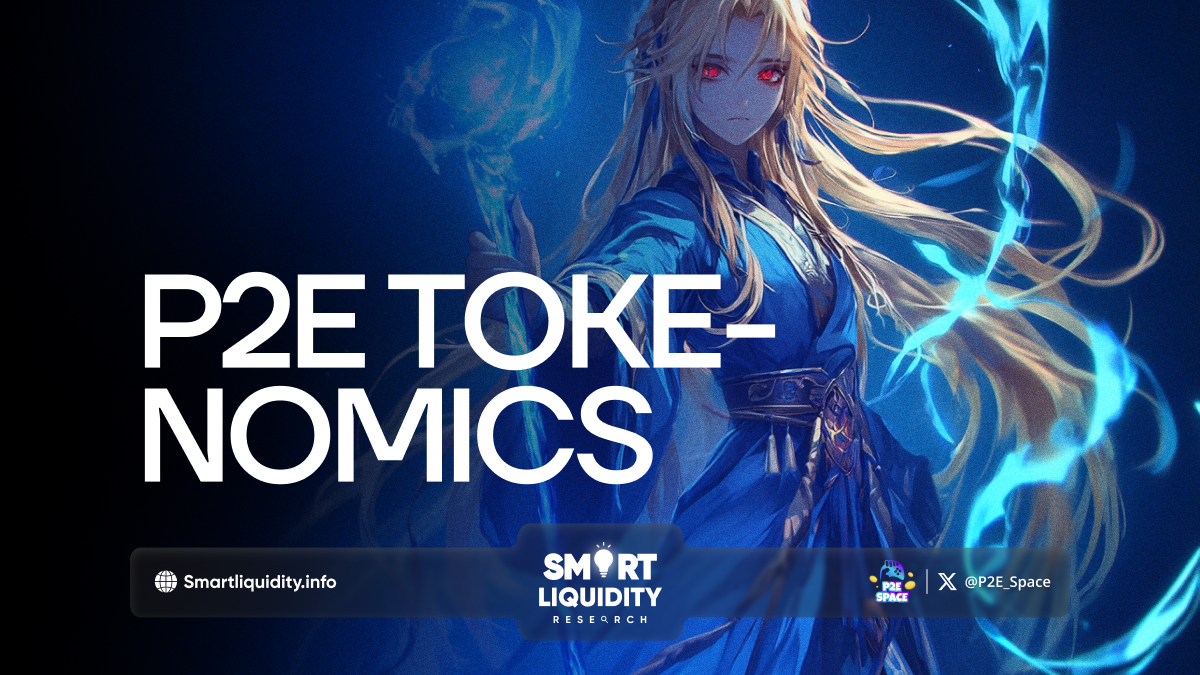P2E Tokenomics Explained


The rise of Play-to-Earn (P2E) games has transformed the gaming landscape, introducing a new economic model where players can earn real-world value through their in-game activities. But what drives this economic revolution? Enter P2E tokenomics—the framework that fuels these gaming economies. Let’s delve into the core elements that make P2E tokenomics a game-changer.
What is P2E Tokenomics?
At its essence, P2E tokenomics refers to the economic principles and structures that govern the use and value of tokens within a Play-to-Earn ecosystem. Unlike traditional games, where currency and rewards remain confined within the game, P2E tokenomics introduces blockchain-based tokens that can be traded, sold, or used across various platforms. This creates a dynamic and interconnected economic environment where players’ in-game efforts translate into real-world value.
1. The Role of Tokens
Tokens are the lifeblood of P2E games. They come in various forms:
– Utility Tokens: Used to access game features, purchase in-game assets, or stake for rewards.
– Governance Tokens: Enable players to participate in decision-making processes related to the game’s development and future updates.
– NFTs (Non-Fungible Tokens): Represent unique in-game assets like characters, items, or land, and can be bought, sold, or traded on secondary markets.
Each token type plays a crucial role in ensuring the sustainability and growth of the game’s economy.
2. Incentives and Rewards
P2E games are designed to reward players for their time and skill. Players can earn tokens through various activities, such as:
– Completing Quests and Challenges: Achievements and milestones often come with token rewards.
– Trading and Crafting: In-game items and assets can be crafted or traded for tokens.
– Staking: Players can stake tokens to earn passive income or participate in governance.
These incentives drive player engagement and foster a vibrant in-game economy.
3. Balancing Supply and Demand
A key aspect of tokenomics is managing the supply and demand of tokens to maintain value and stability. Game developers implement mechanisms such as:
– Token Burn: Reducing the total supply of tokens to increase scarcity and value.
– Minting and Inflation: Introducing new tokens gradually to balance growth and prevent inflation.
– Liquidity Pools: Facilitating easy conversion between in-game tokens and other currencies.
Effective management ensures that the economy remains healthy and rewarding for players.
4. The Economic Impact
P2E tokenomics not only affects players but also has broader economic implications:
– New Revenue Streams: Developers and investors benefit from the economic activity within the game.
– Job Creation: The growth of P2E ecosystems can lead to new job opportunities in game development, marketing, and community management.
– Financial Inclusion: Players from diverse backgrounds can participate in and benefit from the global gaming economy.
5. The Future of P2E Tokenomics
As the P2E model evolves, we can expect innovations in tokenomics to enhance gameplay and economic stability. Future developments might include:
– Interoperable Tokens: Allowing assets and currencies to be used across different games and platforms.
– Advanced Governance Models: Giving players more influence in shaping the game’s future.
– Integration with DeFi: Leveraging decentralized finance principles to offer more complex financial instruments within games.
Conclusion
P2E tokenomics represents a revolutionary shift in how games are played and valued. By integrating blockchain technology and economic principles, it creates a thriving ecosystem where players are not just participants but active contributors to the game’s economy. As we continue to explore the potential of this model, one thing is clear: the future of gaming is not just about play, but also about earning and growing.




